Mineral Sciences Group
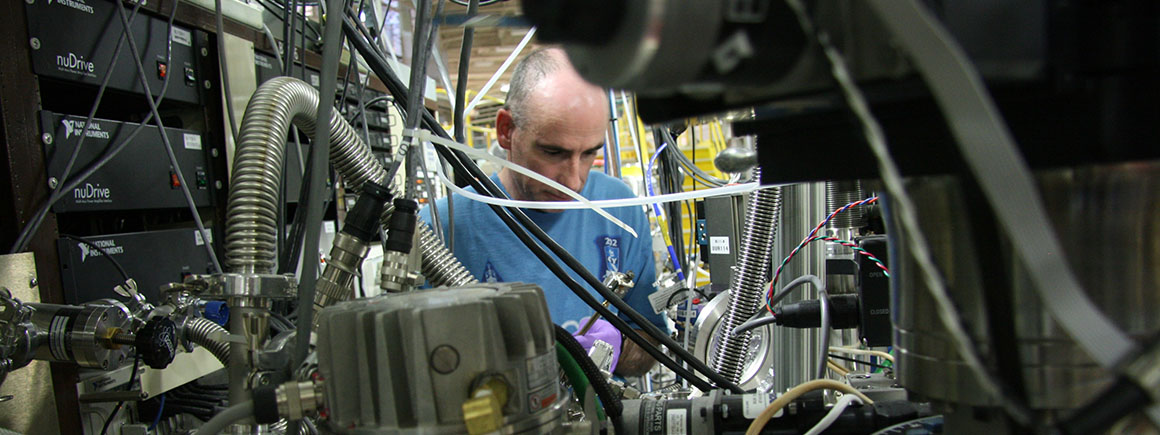
The mineral sciences group manages one of the world's most significant mineral collections.
Building on 220 years of tradition, the mineral sciences group specialises in identifying, describing and characterising mineral substances from the atomic to the geological scale.
We research the diversity of natural inorganic structures - their crystal-chemistry and physical properties.
We apply this knowledge to species discovery, geological processes, meteoritics, gemmology, ore deposits, cultural heritage, mineral processing, material sciences, biomineralization and the furthering of fundamental mineralogical nomenclature.
Aligned with the group’s work is an extensive X-ray diffraction laboratory offering a range of single-crystal, powder, micro-diffraction and dynamic in situ capabilities.
Scientific associates
Get in touch
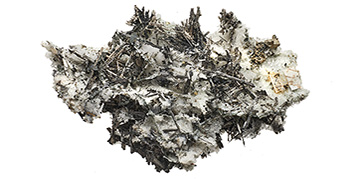
Explore the Mineralogy Collections
The Mineralogy Collections at the Museum are made up of separate collections of minerals, gems, rocks, meteorites and ores.
Our research and collections
The mineral collections
We preserve, manage and curate the UK national mineral and gem collections, a record of global mineralogical diversity and the basis for our geological research.
Mineral systematics
We are studying the fundamentals of mineral diversity as a record of the dynamic geological and environmental processes that have shaped Earth.
Geonomics
How do crystal structures interact with the geological environment and how can society use them for new technologies?
Hydrous minerals
Understanding the distribution and geological significance of water within Earth helps us develop models of how water circulates deep within our planet, as well on the surface of Mars.
Modelling geological processes
We are studying the fundamental properties of minerals to better understand the geological, geochemical and geophysical forces that have influenced the evolution Earth and other planets, moons and asteroids in the solar system.
Clay minerals
Clay minerals are an integral part of the global water and nutrient cycles. They indicate past environmental conditions and play an important role in catastrophic events.
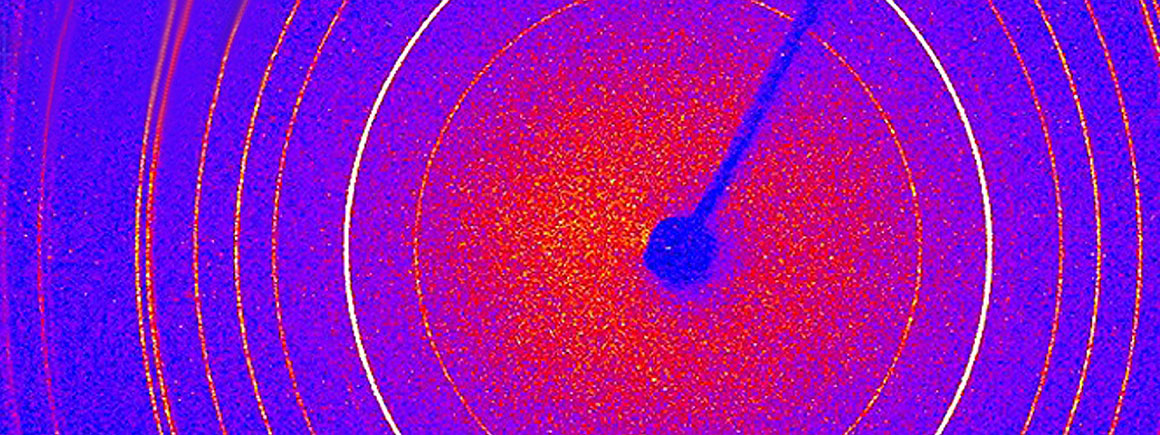
X-ray diffraction
The X-ray diffraction facility comprises several state-of-the-art instruments used for phase identification, quantification and crystal structure analysis.
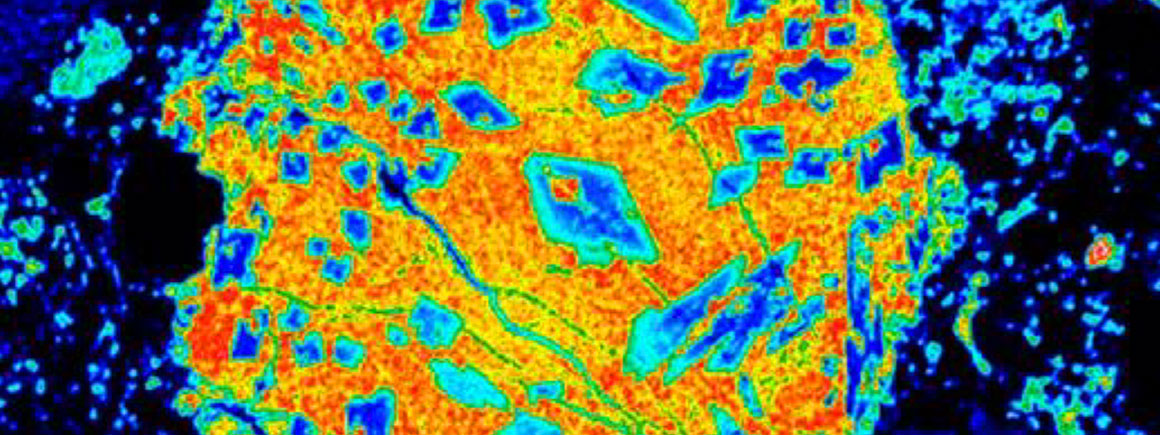
Meteoritics group
We are exploring the origins and evolution of the Sun, Moon, planets, asteroids and comets.
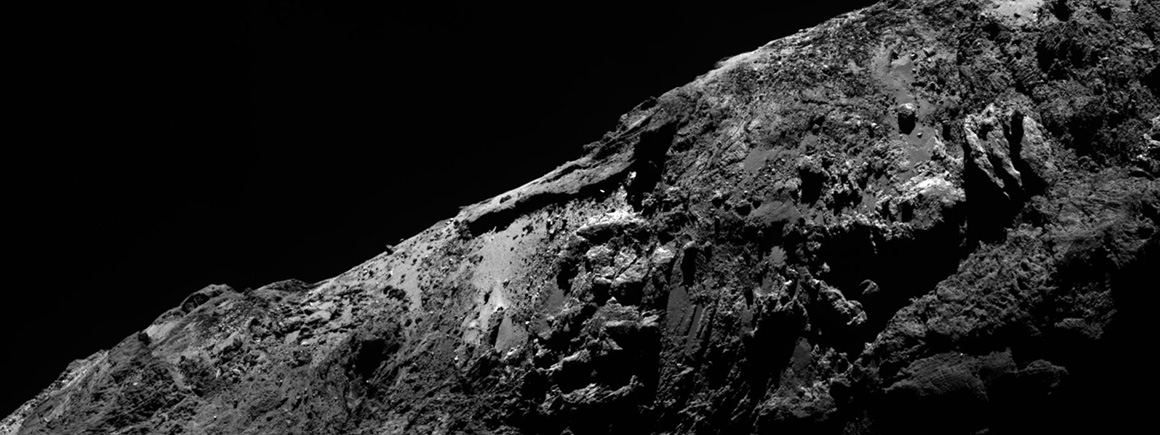
Extraterrestrial H2O hunters
With access to a collection of rare meteorites like Ivuna and samples from the Apollo missions, planetary geologists from the Museum are exploring new analytical techniques to narrow down where our water came from and what happened to it along the way.